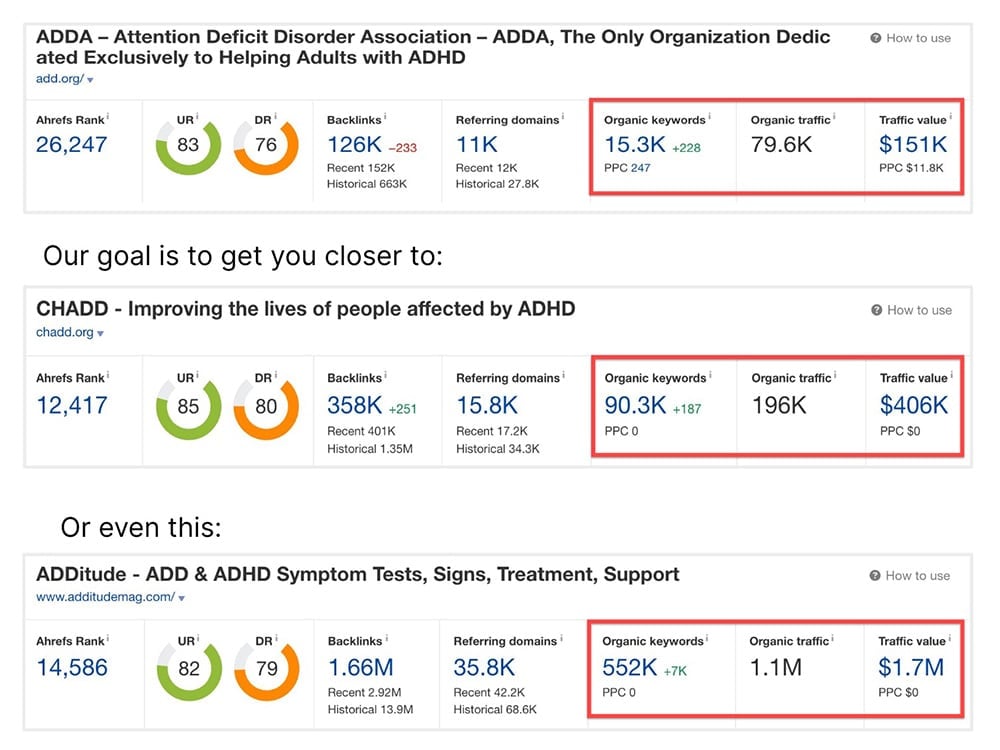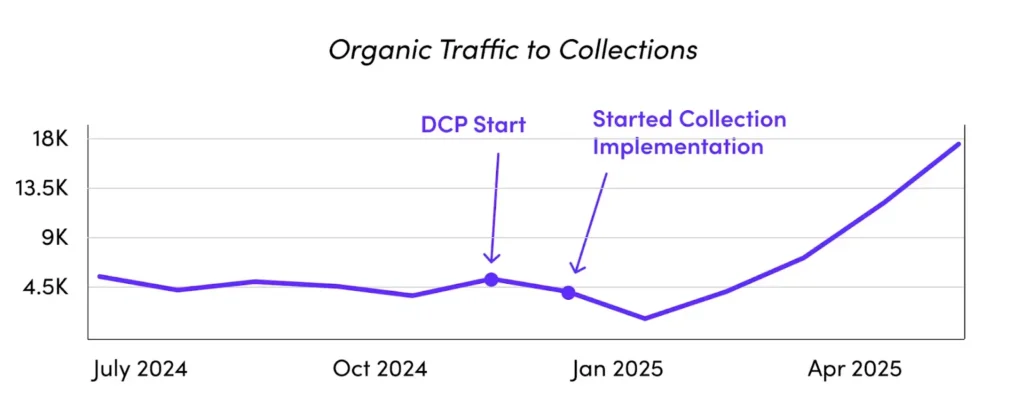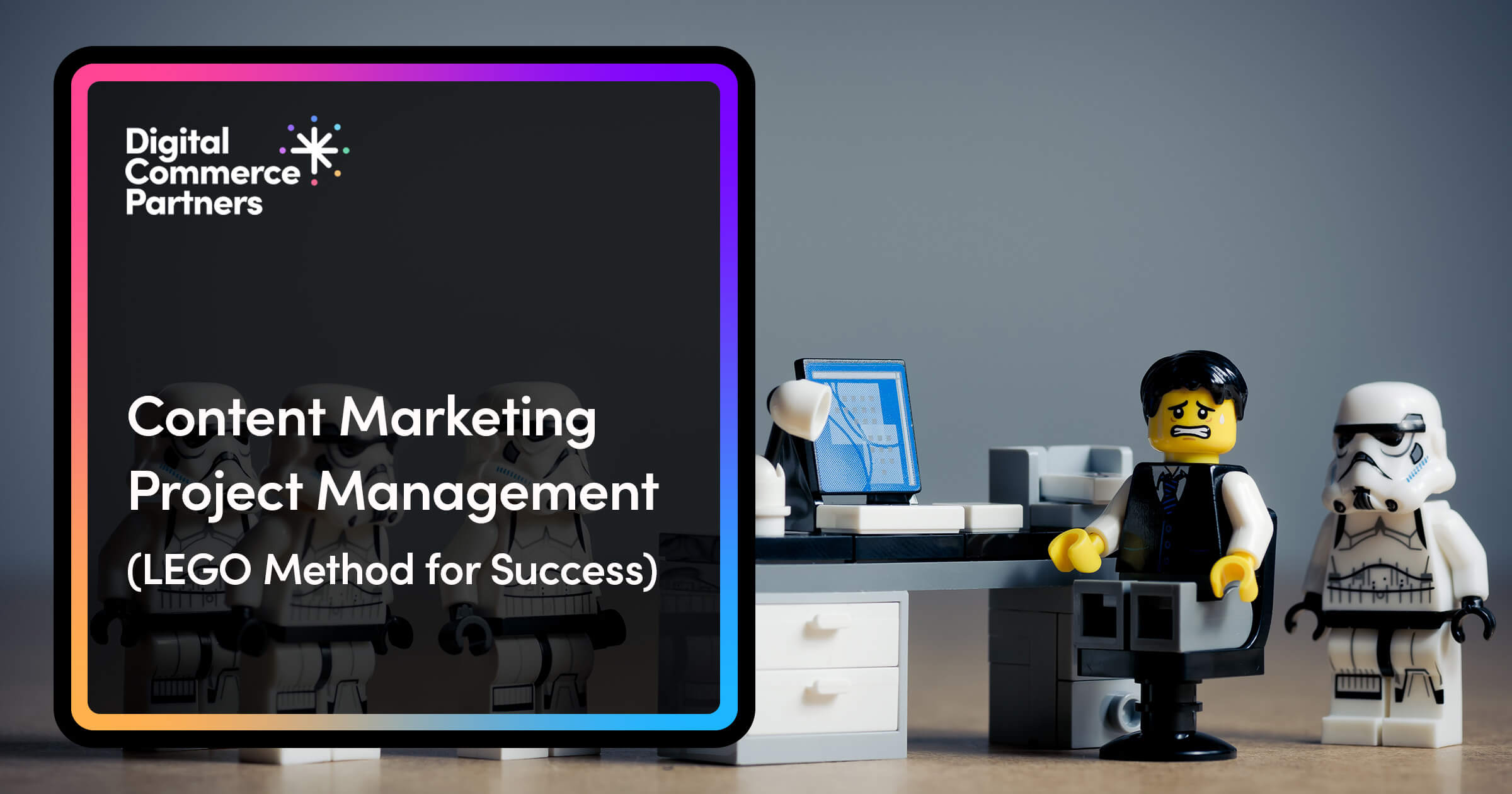TL;DR
Bottom Line: If content campaigns miss deadlines, blow budgets, or fail to drive revenue, applying proven PM methodology delivers five key benefits: clarity, efficiency, budget control, stakeholder communication, and strategic alignment.
The implementation framework: Nine steps from audience research through agile measurement, organized into five project phases. This ensures nothing falls through the cracks while maintaining flexibility to pivot.
Best ROI comes when teams involve everyone in planning, centralize workflows through PM software, and use dashboards connecting content to revenue. The approach scales well when managing multiple campaigns.
Look for these success markers: unified understanding of goals across teams, eliminated redundancies, stakeholder visibility at every phase, and the ability to measure what works and scale it.
Marketing project management applies structured project management principles—including planning, execution, monitoring, and control—to marketing campaigns and initiatives. It ensures marketing teams deliver strategic content on time, within budget, and aligned with business objectives while managing resources, stakeholders, and competing priorities effectively.
What I’ve learned managing content production for many clients over the last several years is that it’s a lot like building intricate LEGO sets. Each piece of content forms one component of a larger picture, and each component is formed of many individual elements.
This process blends creativity and strategy, forging connections and establishing trust across various channels. And this is the basis of an excellent content marketing strategy.
In this article:
Benefits of Marketing Project Management
Proper project management transforms content marketing in five key ways.
Clarity and Coordination
Marketing project management provides a unified approach for teams to work together on common goals. When everyone understands their role, deadlines, and how their work connects to the bigger picture, confusion and miscommunication evaporate. For content teams juggling multiple campaigns, this clarity prevents duplicated efforts and ensures everyone builds toward the same objective.
Increased Efficiency
Streamlined processes eliminate redundancies and optimize workflows. Instead of scrambling to figure out who’s doing what, teams follow established processes that keep content moving from ideation through publication without unnecessary delays. This means you make the best use of time and resources.
Better Budget Control
Careful monitoring, tracking, and forecasting keep projects within budget. Whether you’re managing freelance writers, design resources, or paid distribution, knowing exactly where your budget stands prevents costly surprises and allows for strategic resource allocation.
Enhanced Stakeholder Communication
All parties stay informed of project progress, changes, and potential issues before they become problems. Regular status updates and transparent reporting build trust with leadership and ensure stakeholders can provide input when it matters most.
Strategic Alignment
Every piece of content serves a purpose in your larger marketing strategy, whether that’s driving leads, building authority, or supporting sales conversations. This connection between daily tasks and business outcomes keeps teams focused on what truly moves the needle. Projects align with overall business objectives, not just tactical execution.
Get more leads with less effort.
If you want a steady flow of targeted leads, we’ve got a proven process for driving organic traffic and converting it into qualified leads.
How to Implement Marketing Project Management: A Step-by-Step Approach
Creating a content marketing project with a vague plan is like building a complex LEGO set with half a set of directions. (I have the lifesize LEGO Yoda with uneven, bulging eyes that will forever haunt me to prove it.)
Successful content marketing planning merges creativity, strategic thinking, and meticulous organization to ensure every piece of content not only reaches but deeply resonates with your audience.
1. Understand Your Audience
Deepening your understanding of the audience involves more than just identifying demographic details. It requires engaging with your audience through social media interactions, surveys, and feedback mechanisms to gain insights into their preferences, problems, and behaviors.
Leveraging analytics tools to track user behavior on your website and social platforms can also provide valuable data to help you develop your brand voice.
Creating personas for different audiences can help in tailoring content that resonates with them on a personal level. This foundational step ensures that the content you create is not just seen but felt, driving deeper engagement.
2. Set Clear Objectives
Define what success looks like. Whether it’s increasing brand awareness, generating leads, or driving sales, having specific, measurable objectives gives your content direction and purpose.
You might have an immediate goal of building a giant LEGO Yoda. But zoom out and picture how the little green alien forms a key element in a bigger mission – to defeat the dark side.

If your goal is to manage the best content marketing projects, figure out what the underlying objective is.
- Do you need to hit a certain number of email signups?
- Publish X number of posts?
- Double organic traffic?

Breaking Projects Into Manageable Phases
Once you’ve set objectives, structure your project using the five core phases of project management. Breaking marketing projects into these phases helps teams stay organized and ensures nothing is overlooked.
Initiation defines the project at a high level. Identify stakeholders, establish objectives, and determine whether the project aligns with business goals. For content marketing, this might mean launching a new blog series or creating a comprehensive content hub around a key topic.
Planning develops detailed plans for scope, timeline, budget, resources, and risk mitigation. Map out exactly what content you’ll create, who will create it, when it’s due, and what could go wrong.
Execution implements the plan, creates deliverables, and coordinates team activities. This is the building phase: writers write, designers design, and everyone works according to the plan you’ve established.
Monitoring tracks progress against the plan, measures KPIs, and identifies and addresses issues. This is where you catch problems early, comparing actual results to your targets and course-correcting before minor issues become major setbacks.
Closure completes deliverables, conducts retrospective analysis, and documents lessons learned. Celebrate wins, identify what worked (and what didn’t), and capture insights to make the next project even stronger.
3. Map Out Your Content Strategy
This is your blueprint. A robust content strategy outlines what type of content you’ll produce, the channels you’ll use to distribute it, and how it aligns with your overall marketing goals.
Your content strategy should serve as a bridge between your audience’s needs and your business goals. This involves identifying how each piece of content can contribute to objectives like lead generation, brand awareness, or customer education.
You can see the results of our content strategy for one of our clients below:

SEO is a critical part of your content marketing project. You need to ensure your content reaches its intended audience. Perform keyword research to get a better understanding of what your audience is searching for (and why) and use these insights to inform your content creation.
SEO considerations should also extend to on-page optimizations like content structure, meta tags, and ensuring website accessibility, making your content more discoverable and engaging.
As you can see, SEO is something we excel at.
4. Conduct Competitive Analysis
Understand what your competitors are doing well and where there are gaps by analyzing their content. Tools like BuzzSumo, Ahrefs, or Semrush can offer insights into their most popular content, keywords they rank for, and their backlink strategy.
Use this information to identify opportunities to differentiate your content and capture audience interest.
5. Set Up Your Content Calendar
Timing is everything. A content calendar helps organize the production and publication of your content, ensuring a consistent and strategic approach to engagement. At this point, it’s essential to have your favorite project management software in place, so you can start scheduling.
When I undertake a large LEGO build, I first check the directions and separate out all the bags by number, then sort the bricks inside by matching color and size. This significantly helps streamline the build process by identifying any missing bags or parts. (I used to just toss all the parts on the floor and go from there – and while it was more challenging, it did take five times as long, and pieces had a tendency to go missing.)

The same concept applies in setting up your content calendar. You can organize your topics by priority, then sort them by length and time to write, and ensure there are no content gaps in your schedule.
Leverage Project Management Software
These platforms centralize task management and track progress with status updates. They visualize timelines through Gantt charts, boards, or list views. Automated notifications keep everyone on track.
The right tool depends on your team size, project complexity, and workflow preferences. We use Asana to manage our workflow, but other teams find success with Monday.com, Trello, ClickUp, or specialized marketing project management tools. Choose a system your team will actually use and that provides the visibility you need to keep projects moving forward.
Project management software also enables budget and resource tracking, team collaboration and file sharing, and integration with other tools in your marketing stack. When everyone works from the same system, information stays current and accessible.
6. Manage Team Collaboration and Workflows
Effective project management in content marketing requires seamless collaboration and a clear workflow among team members.
If I were a LEGO lover, which you can tell I’m totally not, I would say something like launching a content marketing project is like starting an epic build. Each member of the team has their own pieces to put in place that others can build on. All of us are guided by a blueprint to ensure success.
Preferably, you want a creative, agile team that works well together and can hit their targets.
Regular meetings and check-ins can help ensure alignment on goals and timelines. Encourage open communication. Give your team space to share ideas and feedback.
This is especially important to us since we have distributed team members, and our remote team communication strategies need to be top-notch.
We use Slack for communication (and Wordle scores) and Asana to manage our workflow.

Involve Your Team in Planning
Project managers shouldn’t plan in isolation. Involving team members who will do the work ensures more accurate estimates. They commit to deadlines and spot potential risks early.
When writers, designers, and strategists contribute to timeline and budget planning, they provide realistic assessments based on their workload and capabilities. This collaborative planning approach leads to more achievable project plans and better team morale. Your team knows when deadlines are tight but fair versus impossible, and that trust makes all the difference.
7. Consider Content Updates and Curation
Not all content needs to reinvent the wheel. Balancing original content with curated content can enhance your brand’s value proposition and keep your audience engaged.
For example, an internal linking campaign or checking for older posts that need refreshing is a great way to boost your content.
8. Measure and Analyze
If you can’t measure it, you can’t improve it. Analyze your content’s performance against your objectives regularly. This continual loop optimizes and refines your strategy.
KPIs: Key Performance Indicators (KPIs) are essential for monitoring the success of your content marketing efforts. These might include website traffic, engagement metrics (like time on page, bounce rate), conversion rates, social media shares, and SEO rankings.
Analyzing these KPIs will help you understand what types of content and topics resonate most with your target audience.
You can identify trends, adapt your strategy to more of what works, and less of what doesn’t, and make informed decisions about future content. This continuous loop of creation, measurement, and refinement is crucial for optimizing your content marketing projects and achieving sustained success.
Use Dashboards for Real-Time Visibility
Dashboards show project health at a glance. Track actual versus planned spending and burn rate to maintain budget control. Monitor completed versus remaining tasks and milestone status to ensure you’re on schedule.
Dashboards also help identify bottlenecks early: overdue tasks, resource constraints, and blockers become visible before they derail your timeline. Combine project management metrics with performance metrics like campaign results, engagement, and conversions to see both execution health and business impact.
Real-time dashboards let you spot problems and fix them before they explode. When you can see exactly where your project stands at any moment, you spend less time gathering status updates and more time solving problems.
9. Stay Flexible and Agile
Pivot your content strategy when you spot new trends, audience insights, or changing business priorities.
What helps the most is using an agile approach to project management. At the end of each Sprint, we do a Retrospective to get input from everyone about what went well and what can be improved. Our goal is to continually improve the quality of the work we do.

By weaving these components into your content marketing planning, you lay the groundwork for a strategy that not only achieves your business goals but also builds lasting relationships with your audience.
The Art of Content Project Management: Build Success, One Lego at a Time
Managing a content marketing project is like assembling a masterpiece from a box of LEGOs. It requires vision, planning, execution, and the agility to adapt when the picture on the box changes. It’s about knowing your tools, understanding your audience, and never losing sight of your objectives.
And remember, even if you find yourself holding a piece that doesn’t seem to fit anywhere, with a little creativity and perseverance, you’ll find its place in the bigger picture.
Ready to build something amazing? See how DCP can help you scale organic growth.

